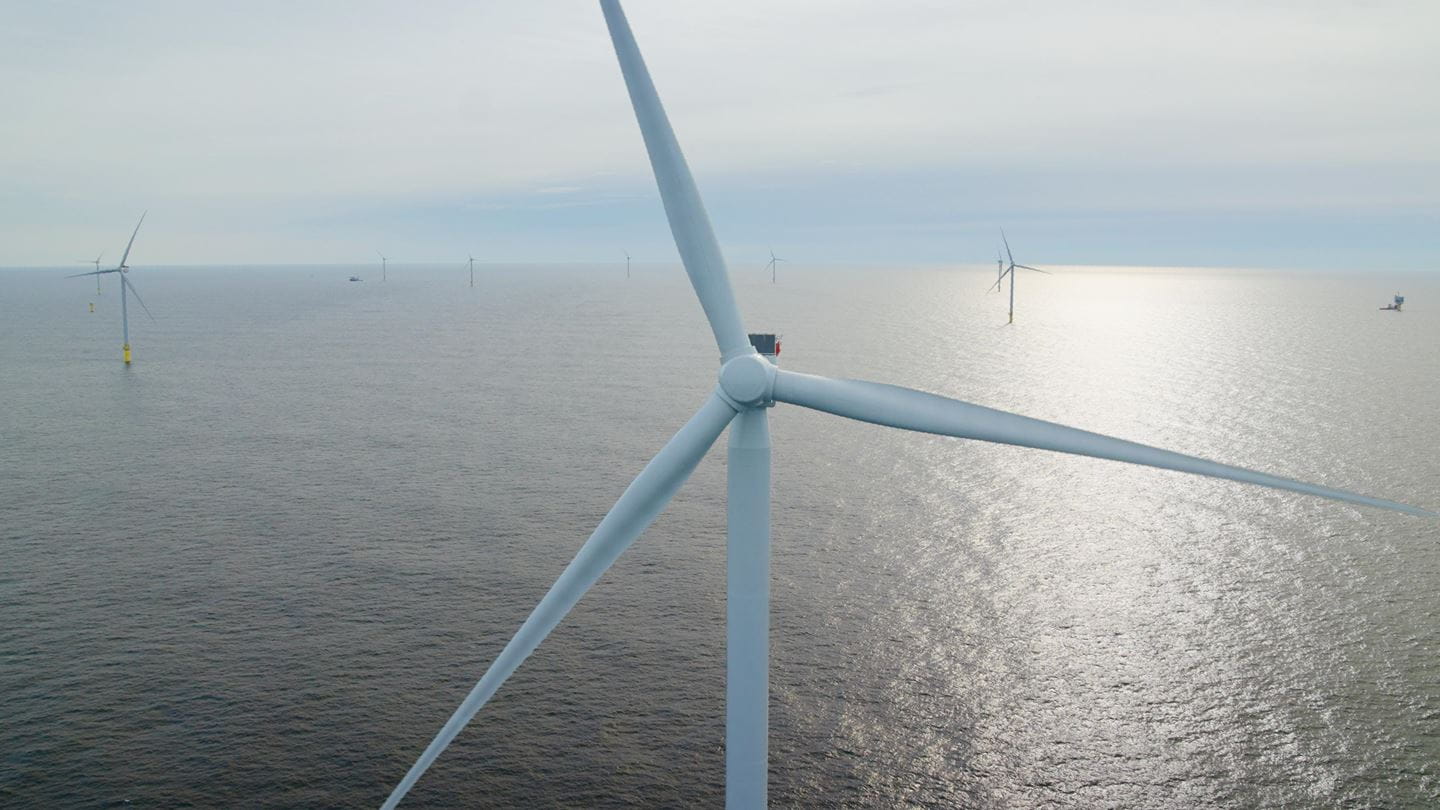
Today, Royal Dutch Shell (NYSE:RDS) announced plans for the construction of the Prelude Floating Liquefied Natural Gas (FLNG) Project, the world’s first FLNG facility. Shell plans to moor the Prelude FLNG some 200 kilometers off the Australian Coast at the Prelude gas field for 25 years, where it is expected to produce the equivalent of 110,000 BOE per day. Once completed, the Prelude FLNG facility will not only be the world’s first FLNG facility, but will also hold the title of the world’s largest floating object ever constructed.
Just how massive is it?
Fom bow to stern, the Prelude FLNG measures 488 meters long (that’s more than 1,600 feet) and 74m wide That’s longer than 4 football fields laid end-to-end, including end zones. That dwarfs the massive Emma Maersk by 300 ft and even the late Knock Nevis supertanker by nearly 100 ft.
When fully equipped and loaded, the Prelude FLNG will weigh around 600,000 tons – that’s roughly six times as much as the largest aircraft carrier. It will be constructed with 260,000 tons of solid steel – that’s more than three times more steel than the Golden Gate Bridge. Its tanks can hold the equivalent of 175 Olympic-sized swimming pools.

In addition to its impressive size, the Prelude FLNG facility will be strong – able to withstand Category 5 cyclones the area is known for.
Another breakthrough with Prelude FLNG facility is that ocean-going LNG carriers can offload liquefied gas, chilled to minus 162 Celsius and shrunk in volume by 600 times, directly from the offshore facility – something hundreds of engineers spending a cumulative 1.6 million hours to figure out. Until now, the liquefaction of offshore gas has always involved piping the gas to a land-based plant.
The Prelude’s unique design was developed in partnership with Technip and will be constructed at Samsung Heavy Industries in South Korea.
More information on the Prelude FLNG can be found at Shell.com.
All images courtesy Shell

 Join The Club
Join The Club












